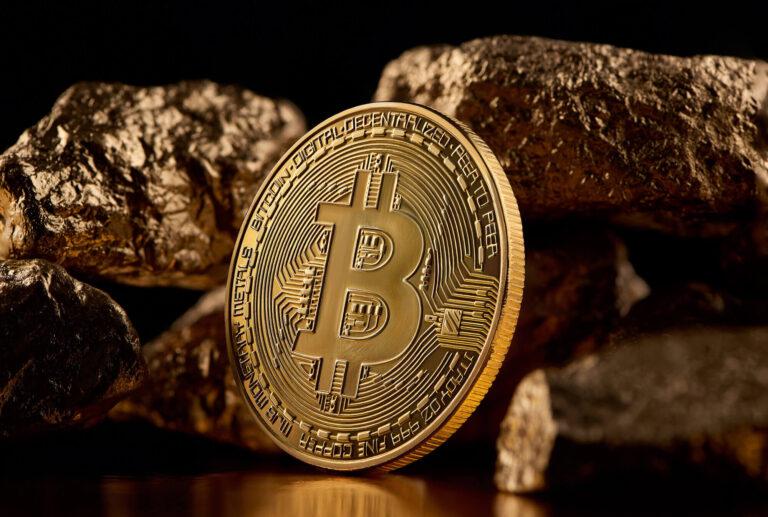For over a year, holders of the Memecoin Shiba Inu (SHIB) have been waiting for the launch of the Layer-2 blockchain Shibarium. The platform promises Ethereum users an environment with low fees and decentralized games, but it doesn't differ significantly from existing scaling solutions.
Shibarium is part of a larger strategy to establish Shiba Inu as a legitimate blockchain project. The SHIB token, inspired by the popular Shiba Inu dog breed and influenced by Dogecoin (DOGE), was introduced in August 2020 as a pure Memecoin. Within a few months, the token rapidly gained value and briefly surpassed the original Dogecoin towards the end of the market-wide bull run in October 2021. Will Shibarium enable Shiba Inu to make the leap to a serious DeFi player?
Update 17.08.2023: The smart contract for bridging cryptocurrencies to the Shibarium blockchain encountered technical issues immediately after launch. Over 2 million USD is currently locked in it.
Shiba Inu's origins in the emecoin boom
Memecoins are a category of digital currencies that primarily gain value through their popularity on the internet. As the name suggests, these cryptocurrencies are typically based on memes, jokes, or cultural references. The first popular Memecoin was Dogecoin, founded in 2013 as a reference to the then-popular internet meme "Doge." This meme features a dog of the Japanese Shiba Inu breed with captions that humorously portray the dog's monologue in broken English. Similar to the humorous origins of the internet sensation, the Dogecoin cryptocurrency was never intended to have a "use."
Thanks to repeated comments from SpaceX founder Elon Musk in spring 2021, the popularity of the joke currency experienced a rapid surge. Within a few months, Dogecoin was featured in all media and entered the top 10 cryptocurrencies by market capitalization. This fueled a new wave for the Memecoin category, from which the SHIB token, already launched in August 2020, significantly benefited. A kind of rivalry emerged between the two Shiba Inu-inspired cryptocurrencies. The main difference: SHIB still has an active developer, while Dogecoin remained true to the origin of Memecoins.
Shibarium: The next step toward DeFi integration
Unlike Dogecoin, Shiba Inu (SHIB) aimed to expand beyond the realm of joke currencies through strategic integrations by its development team. The launch of the decentralized exchange ShibaSwap marked its first entry into the DeFi space. This was a fork of the decentralized exchange SushiSwap, but it was expanded with its own liquidity program (Yield Farming) and the governance token BONE. The next step in legitimizing the former Memecoin was to have its own blockchain.
Instead of becoming a competitor to Ethereum, the Shiba Inu developers opted for a Layer-2 solution built on top of it. This is intended to provide Shibarium with faster and cheaper transactions for users. The SHIB token serves as the currency for transaction fees. To participate as a node in transaction validation, the network requires locking up 10,000 BONE (about $12,000 USD). The other ecosystem tokens, TREAT and LEASH, are also expected to gain new utility through platforms on the blockchain.
Thus, Shiba Inu (SHIB) is currently at a crossroads and faces the challenging task of redefining its identity. The original success of the Memecoin was as a joke currency and a competitor to Dogecoin. But now, the focus is shifting towards a serious DeFi ecosystem. Will copies of existing platforms with a cute dog-themed rebranding suffice for this transformation?








